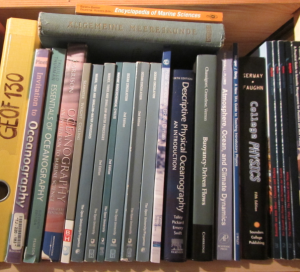
Currently reading Hockings et al. (2018) on “Independent learning–what we do when you’re not there”
Hockings et al. (2018) write: “Over recent months and years, the balance between contact hours and independent study time has been one focus of attention, the underlying assumption being that…



